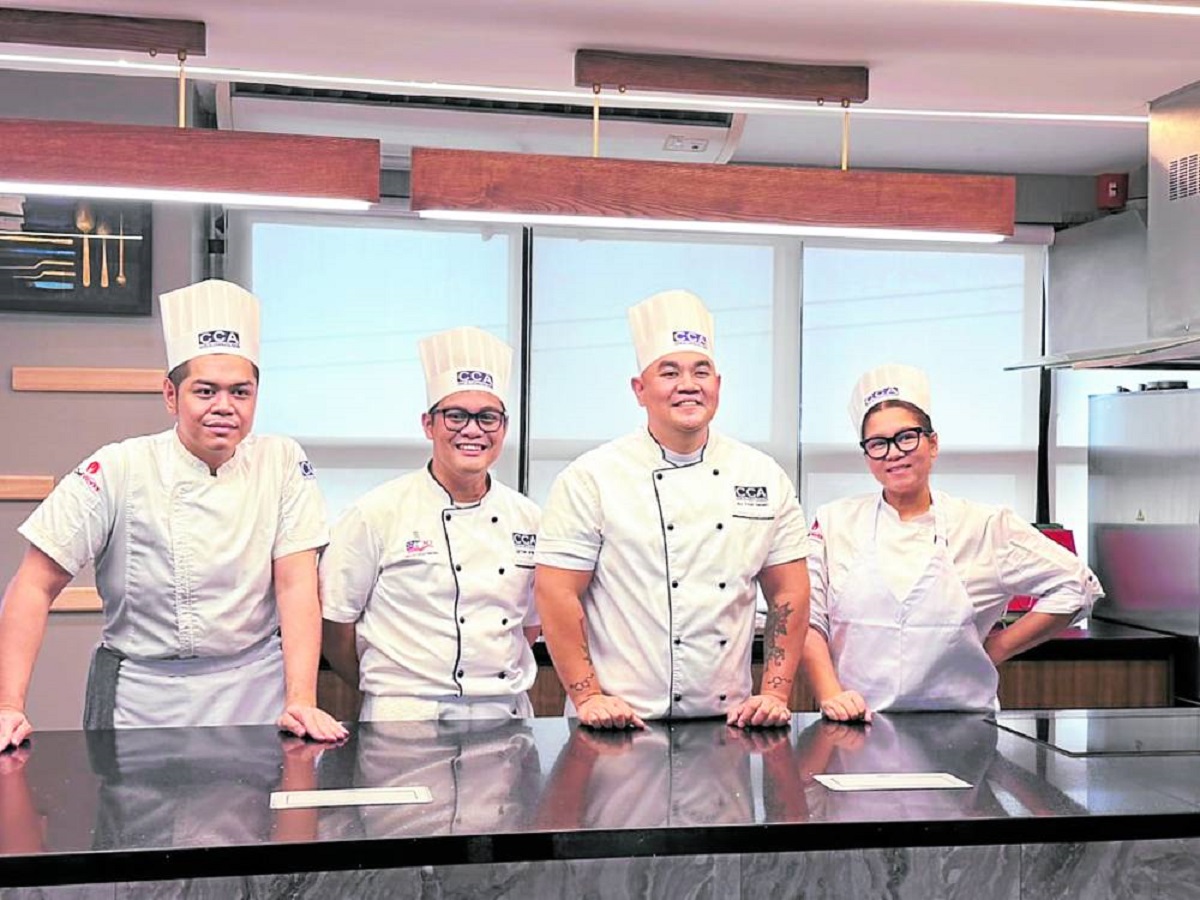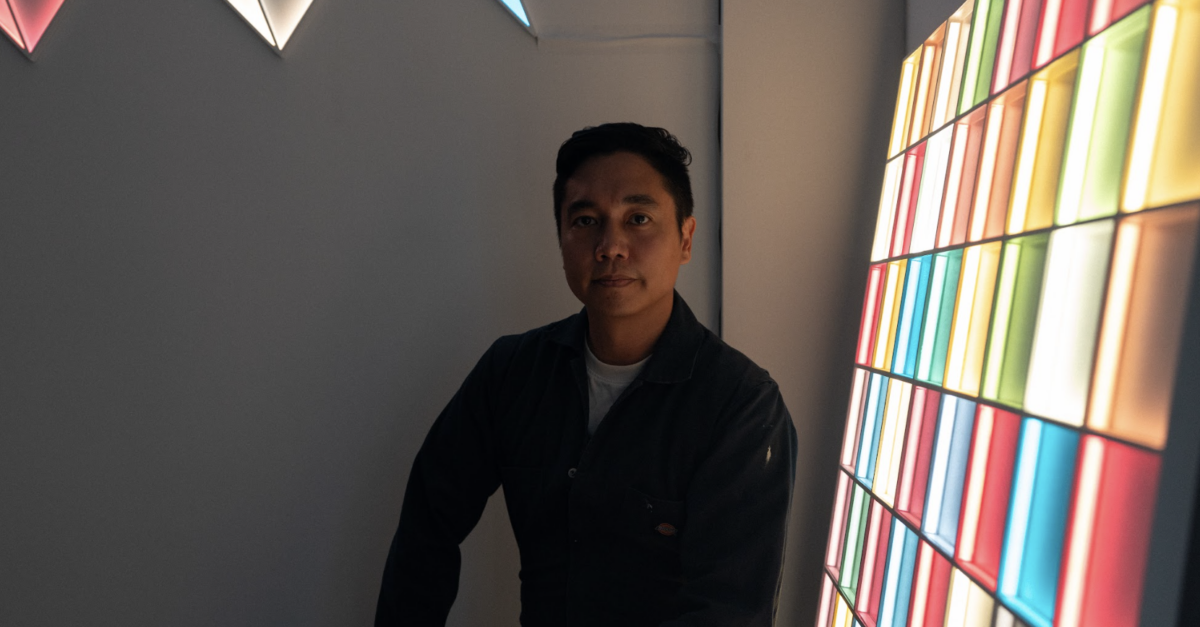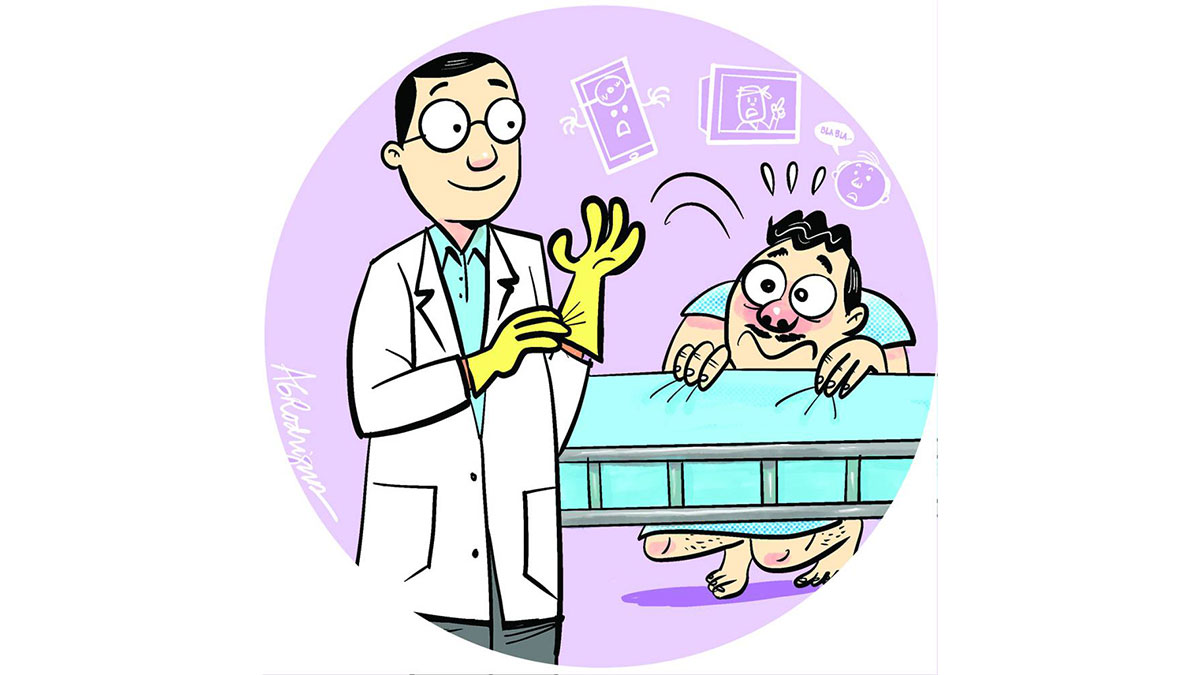A colleague and good friend recently underwent surgery for colon cancer at Manila Doctors Hospital. To reduce the size of the mass before surgery, he had to undergo preoperative chemo- and radiotherapy.
We’re glad everything went well and he’s due to be discharged soon.
When I visited him, he recalled the columns I’ve written on colon cancer prevention, and how early diagnostic procedures can literally nip the cancer in the bud by detecting the polyps in the colon and removing them during colonoscopy.
Colonoscopy is a procedure in which the gastroenterologist or gut specialist inserts a long, hose-like instrument into the entire length of the colon. It has a camera at its tip which can visualize any abnormality inside the colon. It’s like being in one of those deep-sea reconnoitering vehicles exploring the cavernous recesses of the deep seas.
Colon polyps are tiny outpouchings in the gut’s inner lining that are known to be precursors of cancer. In the polyp stage, they’re benign or noncancerous, but after several years, they can become cancerous.
My doctor-friend regrets that he should have had himself checked long ago.
A popular medical specialist in his hometown in Pampanga, he would see patients in his clinic till past midnight. His plans for a colonoscopy always got postponed until he was alarmed by the blood in his stools.
Colonoscopy showed a sizeable tumor in his colon which turned out to be cancerous. But, it’s better late than never. The surgeon was confident that he was able to excise all the cancerous tissues in my friend’s colon.
I advised my friend to think and claim by prayer that he’s cured already.
Digestive endoscopy
Digestive endoscopy, of which colonoscopy is party of, has revolutionized the diagnosis and treatment of various gastrointestinal tract (GIT) disorders, especially cancers. The GIT used to be called the “temple of surprises” with many hidden problems in its inner recesses which could not be detected early with traditional diagnostic modalities.
With the advent of modern endoscopic techniques, early detection of GIT disorders is now possible. Therapeutic or curative interventions could also be done with the procedure.
My two brothers
Colorectal cancer (CRC) remains one of the leading killer cancers in the country and worldwide. There is no question that every physician would like the incidence of this cancer to be dramatically reduced.
Colonoscopy and other screening tests for CRC can contribute dramatically to achieve this goal.
I’m happy for the thousands of lives saved by the timely diagnosis of colonic polyps or the CRC itself. In early cases, surgical resection of CRC is curative.
I wish modern digestive endoscopy was already available decades ago. They probably would have saved my two elder brothers from CRC.
Manoy, my eldest brother, succumbed to this disease three years and three months after diagnosis. He underwent extensive surgeries here and in the United States. For a while, he was in remission.
I thought the cancer had been licked for good. But after over a year of remission, it came back, with a vengeance. It would not respond even to potent anticancer therapies. He breathed his last at age 59.
Francis, my other brother, also died of colon cancer at age 57, less than six months after diagnosis and even after 11th-hour efforts to save his life.
I’m fortunate to have been a beneficiary of digestive endoscopy when I first underwent colonoscopy around 10 years ago at Manila Doctors Hospital.
Noted gastroenterologist Dr. Choy Nolasco performed it on me, with Dr. Mon Pesigan giving the intravenous sedation.
Dr. Nolasco expertly removed three polyps from my colon, one of which was quite big already and almost ripe to become cancerous tissue in a few years.
It was a life-changing moment for me. And I wish the same for the millions worldwide who are at risk to develop CRC.
So, if possible, colonoscopy to screen for CRC is indicated in the average-risk patient, beginning at the age of 50 years and every 10 years thereafter, regardless of gender.
For those with a family history of CRC, it may have to be done earlier, beginning at age 40, or 10 years earlier than the age at diagnosis of the youngest relative diagnosed to have CRC, whichever comes first.
Family history of CRC is a major risk factor, and first-degree relatives of CRC patients have up to threefold increased risk of dying from CRC. The risk decreases past the age of 60.
Those with a first-degree relative diagnosed with CRC at or more than age 60 are advised to undergo routine CRC screening, just like an average-risk individual beginning at age 50.
Patients younger than 60, or those with two first-degree relatives with CRC like in my case, should have a colonoscopy every five years.
If a colonoscopy could not be done, for whatever reason, detection of blood in the stools through a special test—fecal occult blood testing, should be done yearly. If it’s positive, one should have a colonoscopy as soon as possible.
One may be completely symptom-free in the early stages of CRC. Abdominal symptoms, weight loss and even lower gut bleeding could appear in later stages. It’s best to detect CRC early before it spreads or metastasize.
In the early stages, surgery could be curative and we’ve seen CRC patients cancer-free decades after their surgery.
So, if you’re past 50, have yourself checked to rule out colon cancer. It might turn out to be one of the best decisions you’ve ever made.














































